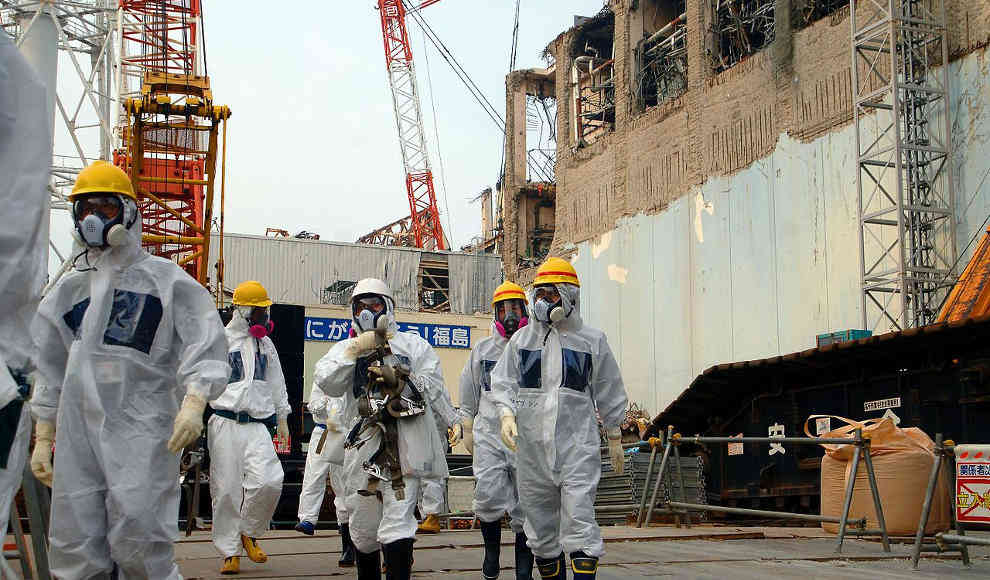The aftermath of the Fukushima Daiichi nuclear disaster in Japan has been found to be even more severe than previously thought. Scientists have discovered uranium in micro-particles, which were released during the explosion in March 2011. The disaster was caused by a cooling system failure, which led to a nuclear meltdown and the release of a large amount of radioactive material into the environment. Almost seven years later, the situation is still not fully under control, and radioactive material continues to leak irregularly, contaminating the soil, groundwater, and nearby sea.
Experts had previously believed that only light gaseous isotopes had been released in Fukushima. However, in 2016, scientists discovered that the radioactive cesium had been released in the form of micro-particles. A recent study by Asumi Ochiai and colleagues from Kyushu University in Japan and the University of Manchester in the UK found that the micro-particles contained not only short-lived isotopes like cesium but also nanofragments of two different uranium compounds. The researchers collected soil and water samples from within the exclusion zone, a few kilometers from the damaged reactor. The results of the study were published in the journal Environmental Science & Technology.
The discovery of uranium in the micro-particles is significant because it suggests that not only decay products but also parts of the actual fuel rods were released during the disaster. The researchers explained that the particles were a mixture of melted nuclear fuel and reactor materials, reflecting the complex thermal processes that occurred during the meltdown. The presence of uranium also means that the exclusion zone and adjacent areas could be contaminated for much longer than previously thought. The radioactive micro-particles are also a concern because they can be inhaled if they are released into the air by the wind. Further investigations are urgently needed to determine the state of the melted reactor cores, which cannot be directly accessed due to the high levels of radiation.










